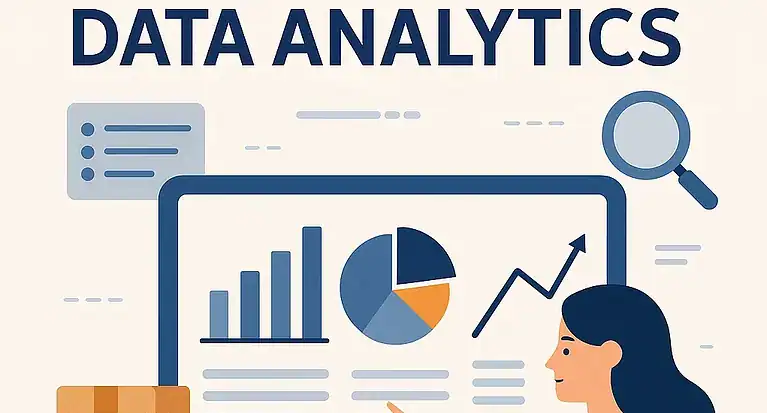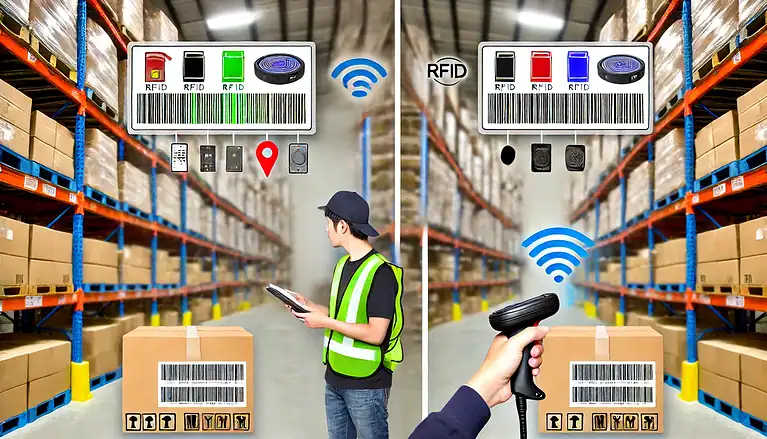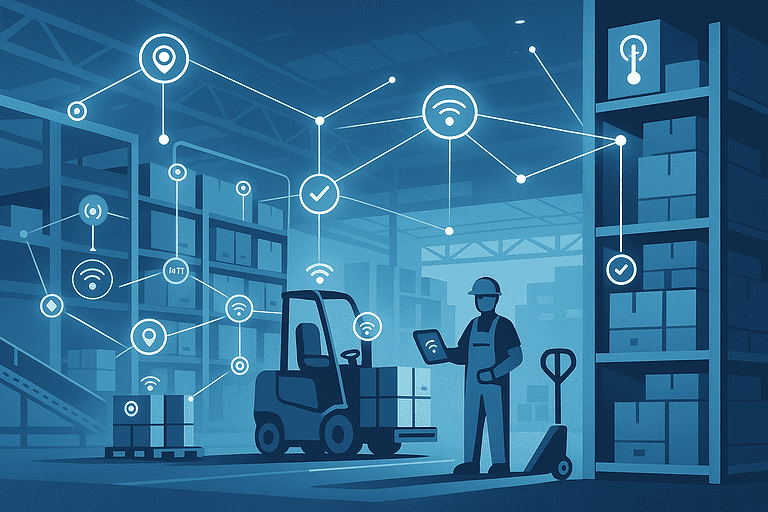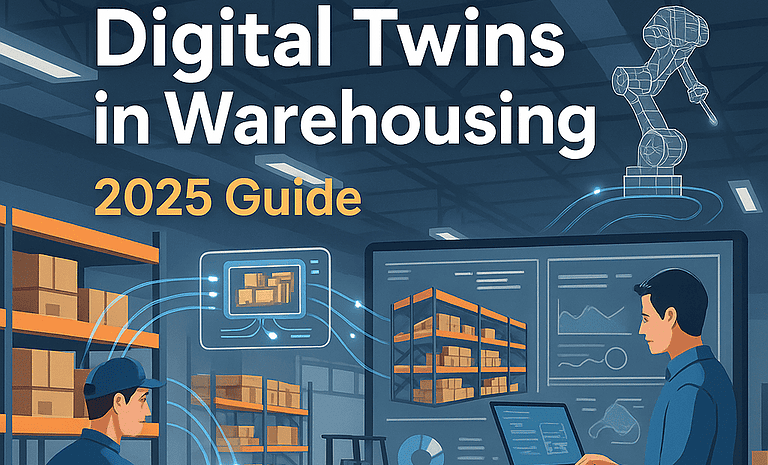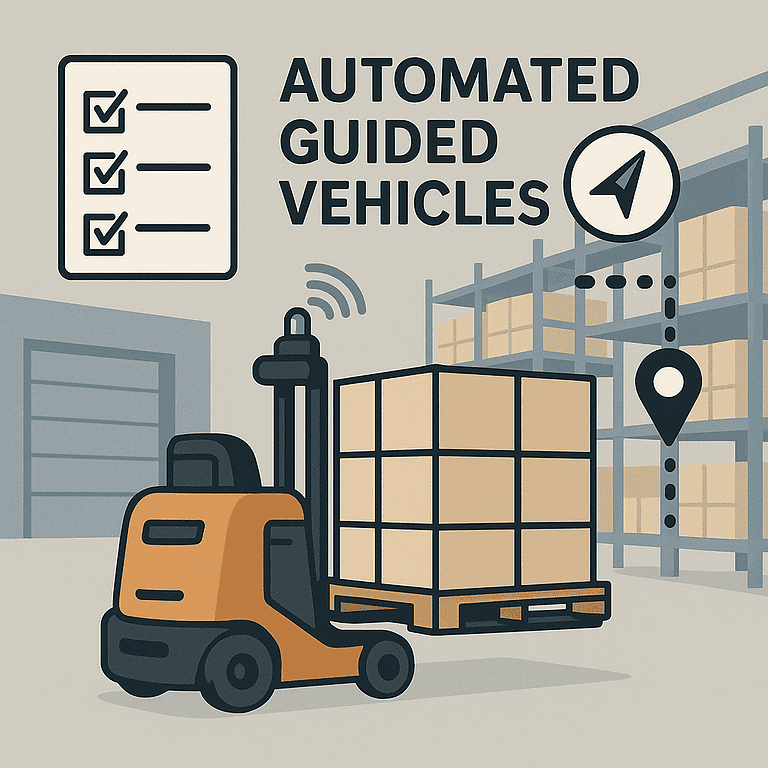Blockchain Technology in Warehousing: Secure, Transparent, and Efficient
Blockchain technology is best known for powering cryptocurrencies, but its true potential extends far beyond digital coins. In warehousing, blockchain is being explored as a tool to create secure, transparent, and tamper-proof systems for inventory tracking, vendor management, and supply chain integrity.
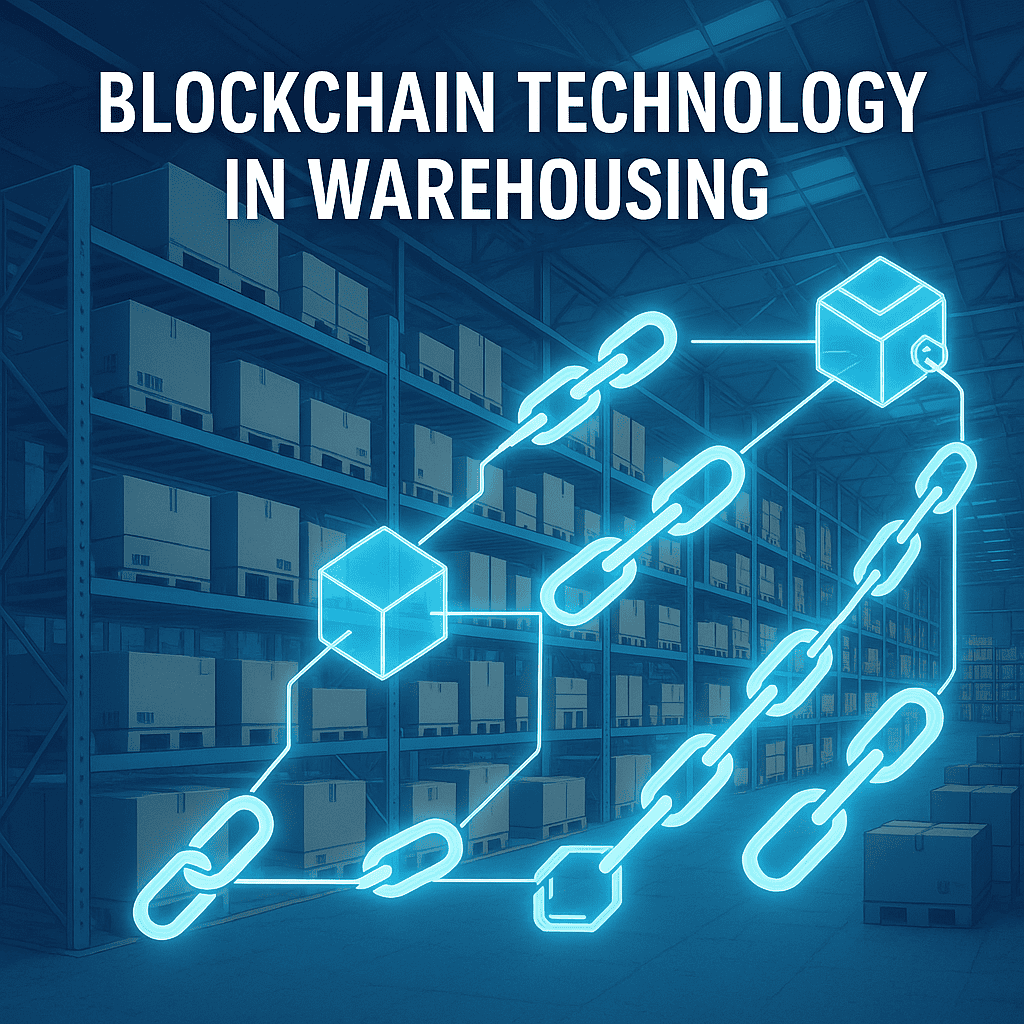
What is Blockchain Technology?
Definition: A decentralized ledger that records transactions across multiple computers.
Core Features: Transparency, immutability (records can’t be changed), and distributed control.
Why it matters in warehouses: Trust and accuracy are vital when managing high-value goods and global supply chains.
Applications of Blockchain in Warehousing
Transparent Inventory Tracking
Each transaction (receipts, moves, picks, shipments) is logged permanently.
Reduces disputes between suppliers, carriers, and warehouse operators.
Supplier and Vendor Verification
Blockchain validates vendor identities and ensures compliance.
Creates a trustworthy partner ecosystem.
Smart Contracts for Automation
Digital contracts are triggered automatically (e.g., payment is released upon shipment arrival).
Cuts administrative costs and speeds up transactions.
Cold Chain & Compliance
Sensors track temperature, humidity, or handling conditions.
Data uploaded to blockchain proves compliance with FDA or international regulations.
Fraud Prevention & Security
Eliminates risks of tampering with records.
Reduces the risk of counterfeit goods slipping into supply chains.

Benefits of Blockchain Technology in Warehousing
Transparency: Every partner has access to the same source of truth.
Security: Immutable records prevent fraud or data manipulation.
Efficiency: Cuts manual audits and reconciliation efforts.
Trust: Builds stronger partnerships with vendors, carriers, and customers.
Challenges to Adoption
High implementation costs.
Integration with existing WMS and ERP systems.
Scalability for large transaction volumes.
A cultural shift is required for transparency.
The Future of Blockchain in Warehousing
Blockchain won’t replace warehouse management systems but will complement them. As global supply chains demand more resilience and trust, blockchain can provide a foundation for secure, real-time collaboration between partners. Early adopters are already experimenting with pilot programs that show reduced disputes, improved compliance, and stronger supply chain visibility.
Conclusion
Blockchain technology has the potential to make warehouses more transparent, secure, and efficient. As adoption spreads, blockchain could become as common in warehouse operations as barcodes and RFID tags are today.

